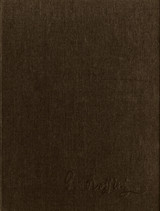
The critical edition, the first publication in full score, draws on the autograph of Sigismondo and Rossini's drafts for setting the new texts as well as the autograph of Adina. In his preface discussing Adina's uncertain genesis and successive history, Fabrizio Della Seta examines the documents extant in Portugal and Italy and considers hypotheses about the identity of the commissioner, the dedicatee, and the collaborator.
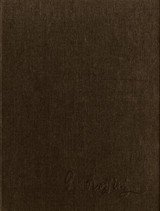
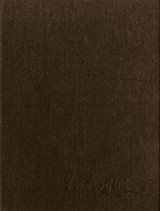
The critical edition presents Armida in its original form, reintegrating passages missing from the autograph score and restoring cuts made in printed editions.
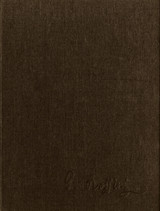
Heavily butchered in later productions, Bianca e Falliero soon disappeared from the stage, but its finest pieces remained in concert repertory for half a century. The critical edition—the first publication of the full score—restores the original Milan version. An appendix offers Rossini's vocal variants for the two lead roles.
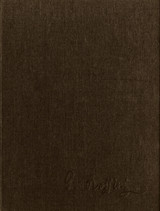
Rossini, in poor health at the time, had only reluctantly accepted the commission to compose the Cantata. To facilitate the task he based five of the movements on pieces from his Neapolitan operas Armida (1817) and Ricciardo e Zoraide (1818), and the Parisian opera Le Siège de Corinthe (1826). These he modified and joined together with newly-composed recitatives, the whole set to a new libretto by Count Giovanni Marchetti. A spectacular work in its own right, the Cantata in onore del Sommo Pontefice Pio IX also provides an illuminating example of Rossini's recompositional practices in adapting previous compositions to new contexts.
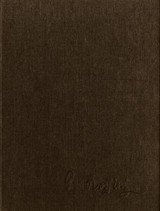
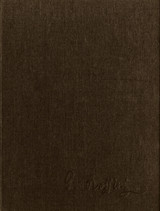
This critical edition is the first publication of Ermione in full score.
The originality and power of Rossini's score lie in the musical realization of the four principal characters in Tottola's libretto—four survivors of the Trojan war—based on Racine's tragedy Andromaque. Rossini's Ermione was one of the most fully developed characters in nineteenth-century opera. The work's musical structure also was unconventional for its day. All the solo numbers involve other characters, and there is only one scene for a single protagonist.
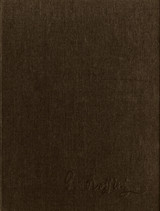
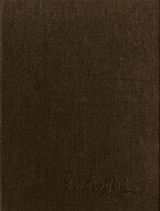
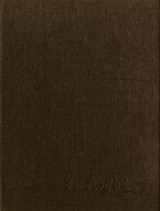
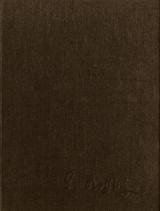
Rossini permitted only four performances of Viaggio, later reusing half the score for Le Comte Ory. The manuscript sources were presumed lost until part of the autograph was recovered in the 1970s at the Rome Conservatory, while other sources were found in Paris (including original performing parts) and Vienna. The identification of a missing chorus completed the restoration of this magnificent work to the repertory.
Along with the reconstructed score, the critical edition provides historical information about the libretto's relationship to French politics of the era and details on the first production.
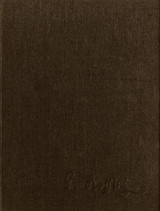
For the hastily-prepared premiere of La Cenerentola in Rome in 1817 a collaborator wrote the simple recitatives, a chorus, and arias for Alidoro (the Prince's tutor) and Clorinda (a stepsister). The chorus was soon dropped, and in 1821 Rossini wrote a new aria for Alidoro. This critical edition provides all the music for the first version, including variants for Clorinda. Appendixes include Rossini's own aria for Alidoro and his variations for Cinderella's final Rondo.
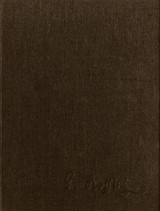
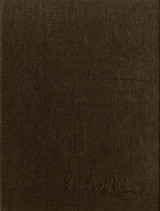
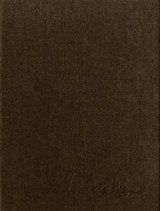
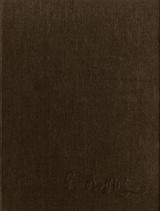
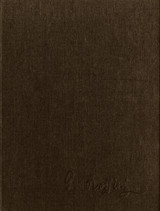
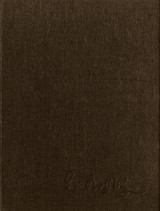
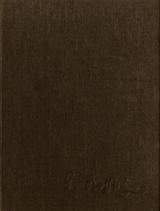
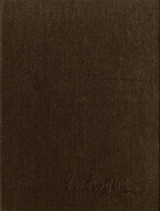
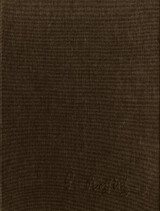
This critical edition presents the version performed in 1820 after Rossini had revised the unsuccessful and now lost third act of 1818. The edition includes an appendix with the original aria for Pharaoh written by Michele Carafa, which was performed throughout the nineteenth century even after Rossini replaced it with one of his own. Also featured are vocal ornamentation used in Paris performances and detailed information on the Paris productions between 1822 and 1840. This comprehensive critical edition provides a reliable source for interpretation and study of a work that Rossini called "sublime."
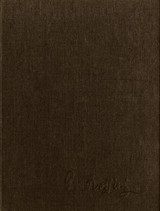
During the last years of his life, Rossini gathered his numerous vocal and piano pieces into fourteen unpublished albums, which he called Pèchès de vieillesse ("sins of my old age"). In 1857 he presented Musique anodine, a Prélude and six songs, to his wife Olimpe, in gratitude for her care during his long illness. This was the thirteenth album in the series. The first was Album italiano, a dozen pieces for one, two, or four voices with piano. Among the best known of these pieces is "La regata veneziana," three canzonettas for mezzo-soprano in Venetian dialect, in which the heroine encourages her racing gondolier. Another song, "Le gittane," has never before been published with its Italian text.
Based on the composer's own manuscripts, this critical edition restores Rossini's expressively precise musical notation. Appendixes contain earlier versions of six songs, some with different texts from the final versions.
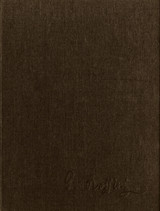
The first of eight serious operas newly-written for the Teatro San Carlo of Naples, Otello reveals Rossini as a composer deeply concerned with both character development and large-scale musical forms. Desdemona's "Willow Song" is a fine example: here not only is variation technique used for dramatic ends, but the song itself forms part of a larger scheme that encompasses the entire third act as a single, unified piece.
Far more than a mere forerunner to Verdi, Rossini's Otello deserves to be known for its own innovative qualities.
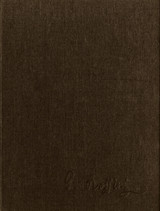
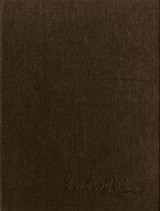
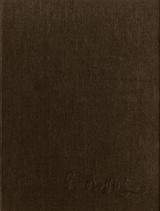
None of these overtures survives in Rossini's hand. (In his late years, Rossini confided that he had left a number of "little things" with Triossi, who had probably used them "to wrap salami.") The critical edition has recovered the first two from recently identified manuscript copies, the others from incomplete sets of parts.
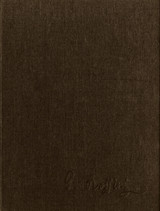
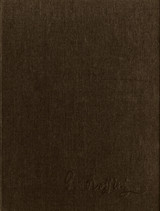
This volume makes conveniently available the chorus and ballet music shared by the two later cantatas, present in only one of the autographs. A block of missing music has been reconstructed and the entire number adapted by the editors according to Rossini's written instructions in the manuscripts.
READERS
Browse our collection.
PUBLISHERS
See BiblioVault's publisher services.
STUDENT SERVICES
Files for college accessibility offices.
UChicago Accessibility Resources
home | accessibility | search | about | contact us
BiblioVault ® 2001 - 2024
The University of Chicago Press









